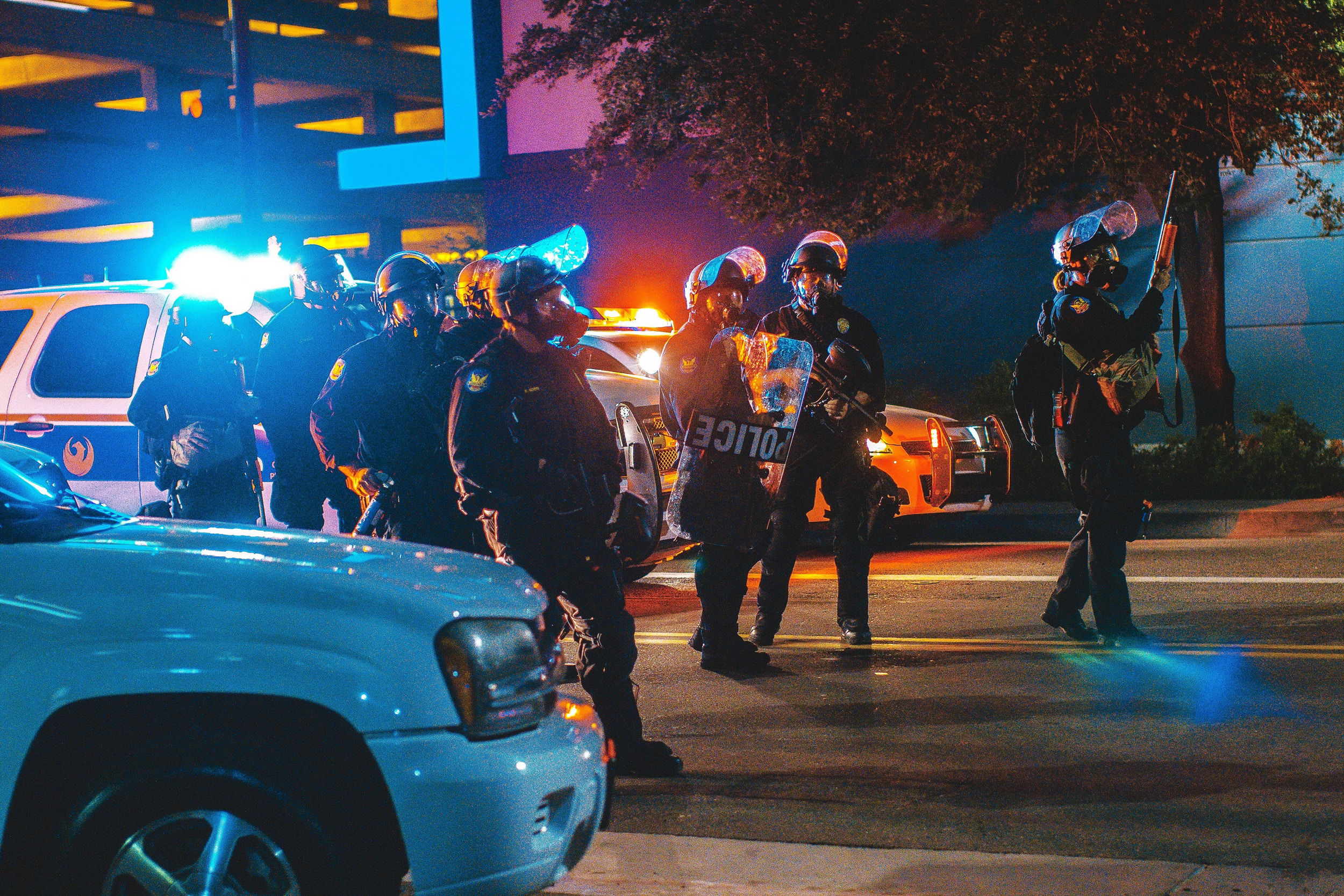
B. General Guy Nir
The world of intelligence is at least as old as the oldest profession in the world. Often these two worlds tangent when it comes to espionage conspiracies as we read in the story of the twelve spies that were sent by Moses to scan and spy the land of Canaan. Since then, the principles of intelligence gathering have not changed much. There is always a desire to obtain quality and relevant information about the opponent, the enemy or the business competitor. The world of police intelligence is different, because the purpose of police intelligence is not only to provide a reliable intelligence prediction and anticipate significant events, but to serve as the basis for evidence gathering and prosecuting offenders at the end of the day. While in early times human intelligence (Humint) was the main pillar of intelligence gathering, with the development of technology, many intelligence officers preferred to rely more and more on technological tools, assuming that these tools would be more reliable and could not manipulate and lie as human sources often do. I have already written here about the advantages of technology and the use of advanced technological tools for law enforcement purposes, but the future challenge is not only the applications of technology, but how to obtain and how to use this big data material that is stored on daily basis in different places that are not necessarily the police repositories. Many police chiefs around the world invest significant budgets to acquire new technologies but they tend to forget, that at the end of the day, an octopus with 8 arms has only one brain (I wrote about this subject). This creates within the intelligence systems subsidies and independent units that hold access to huge tools and repositories, but the level of synchronization with the rest of the collection tools is low to nonexistent at all. Ego, professional jealousy, and sometimes struggles between officers and commanders can lead to the development of erroneous concepts regarding investigative thesis and therefore allocate resources in misguided investigative directions. This phenomenon leads to the collapse of cases in court, since the suspect's defense attorneys use police errors as a platform to arouse reasonable doubt among the judges and to acquit defendants. Try to imagine what a huge amount of information getting piled up every day– millions of hours of street camera footage, millions of hours of calls and chats, social media, WhatsApp groups, in and out-of-airports data, and we haven't count yet the classic data that exists in the police systems – criminal records, addresses, daily crime reports, summaries of investigative files, transcripts of conversations following lawful interception and much more. Even the stronger computers will find it difficult to contain and analyze all this information, and the challenge gets even bigger when the raw material is scattered between several places. In this case it is impossible to make comparisons and drilling of layers and data bases. For the intelligence analyst, this is a huge challenge and therefore it is necessary to use not only for data fusion systems, but much more than that. That of course, if we really want to get hold of the best evidence at the end of the day and not get lost in the data forest. Police intelligence is limited and subject to laws and regulations, that should define clearly what is allowed to collect and what is allowed to store. This is not an intelligence espionage organization! It is civilian organization designed to provide service to a citizen and to fight crime within the law. Therefore, there is a greater value combining data fusion and artificial intelligence, all under significant supervision over the tech. operators and the data bases. with the right supervision, we help police officers avoid committing serious offenses within the framework of the motivation to prosecute offenders. At the same time, the crime prediction tool must continue to be developed, in order to try to be one step ahead of the perpetrator. That's how I see the future of the police
